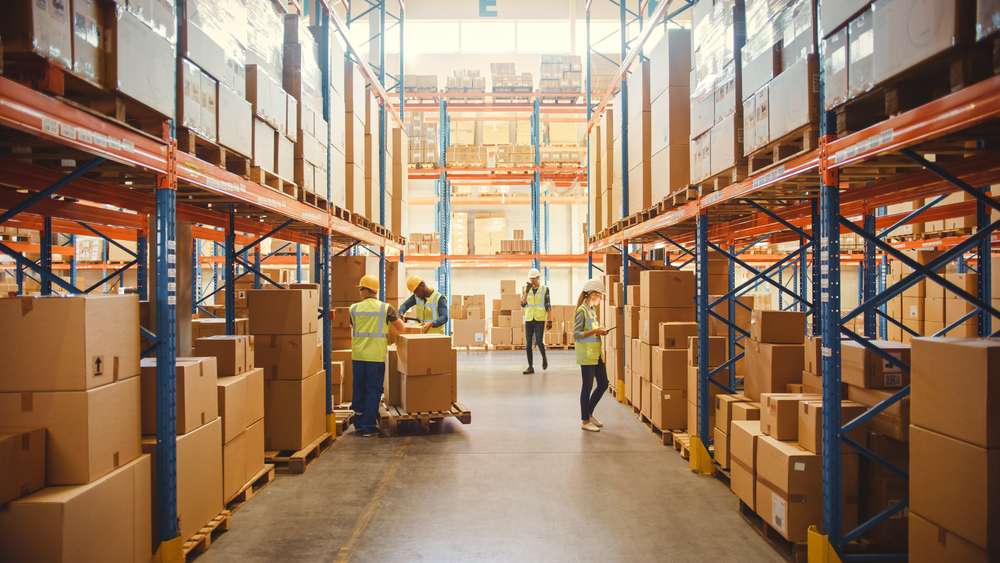Reverse Logistics: Turning Returns into Revenue
Maximizing profitability in today's competitive marketplace requires innovative strategies beyond traditional supply chain management. One often overlooked area with significant potential is reverse logistics - the process of managing product returns and repairs. By optimizing this "backward" flow of goods, companies can unlock new revenue streams, enhance customer satisfaction, and gain a competitive edge in their industries.

Understanding Reverse Logistics
Reverse logistics encompasses all operations related to the reuse and eventual disposal of products and materials. This includes collecting returned items, inspecting and sorting them, repairing or refurbishing when possible, and either reselling, recycling, or disposing of the products. Unlike traditional forward logistics, which focuses on getting products to customers, reverse logistics deals with the complex process of managing goods coming back from consumers or other parts of the supply chain.
The Economic Impact of Effective Reverse Logistics
When implemented strategically, reverse logistics can transform a potential loss into a profitable venture. By recapturing value from returned products through refurbishment, recycling, or resale in secondary markets, companies can offset the costs associated with returns and even generate additional revenue. Moreover, efficient reverse logistics processes can lead to reduced waste, lower operational costs, and improved inventory management, all contributing to a healthier bottom line.
Customer-Centric Approach to Returns
In today’s consumer-driven market, a seamless return process is no longer just a nice-to-have – it’s a critical factor in customer retention and brand loyalty. Companies that offer hassle-free returns and quick refunds are more likely to see repeat business and positive word-of-mouth. By viewing returns as an opportunity to engage with customers and gather valuable feedback, businesses can improve their products, enhance customer experience, and ultimately drive long-term growth.
Technology’s Role in Optimizing Reverse Logistics
Advancements in technology are revolutionizing the way companies approach reverse logistics. From AI-powered sorting systems to blockchain-enabled tracking, innovative solutions are streamlining the return process and providing unprecedented visibility into the reverse supply chain. These technologies not only improve operational efficiency but also enable businesses to make data-driven decisions about product design, inventory management, and customer service strategies.
Sustainability and Reverse Logistics
As environmental concerns continue to shape consumer behavior and corporate policies, reverse logistics plays a crucial role in sustainability efforts. By implementing efficient return and recycling processes, companies can significantly reduce waste, minimize their environmental footprint, and appeal to eco-conscious consumers. This alignment of economic and environmental goals presents a unique opportunity for businesses to create value while contributing to broader sustainability initiatives.
Challenges in Implementing Effective Reverse Logistics
While the benefits of optimizing reverse logistics are clear, implementation comes with its own set of challenges. These include the unpredictable nature of returns, the complexity of sorting and processing diverse products, and the need for specialized infrastructure and skilled personnel. Additionally, integrating reverse logistics into existing supply chain operations often requires significant organizational changes and investment in new technologies and processes.
Strategic Insights for Maximizing Reverse Logistics
• Implement a user-friendly return policy to encourage customer loyalty and gather valuable product feedback
• Invest in automated sorting and processing technologies to increase efficiency and accuracy in handling returns
• Develop partnerships with specialized third-party logistics providers to leverage expertise and scale operations
• Create a dedicated reverse logistics team to focus on optimizing processes and identifying new revenue opportunities
• Utilize data analytics to predict return patterns, optimize inventory, and improve product design
• Explore secondary markets and alternative sales channels for refurbished or excess inventory
• Integrate sustainability goals into reverse logistics strategy to appeal to environmentally conscious consumers
In conclusion, reverse logistics represents a significant untapped potential for businesses across industries. By shifting perspective from viewing returns as a cost to seeing them as an opportunity for value creation, companies can unlock new revenue streams, enhance customer satisfaction, and contribute to sustainability efforts. As technology continues to evolve and consumer expectations rise, those who master the art of reverse logistics will be well-positioned to thrive in the competitive landscape of modern business.





